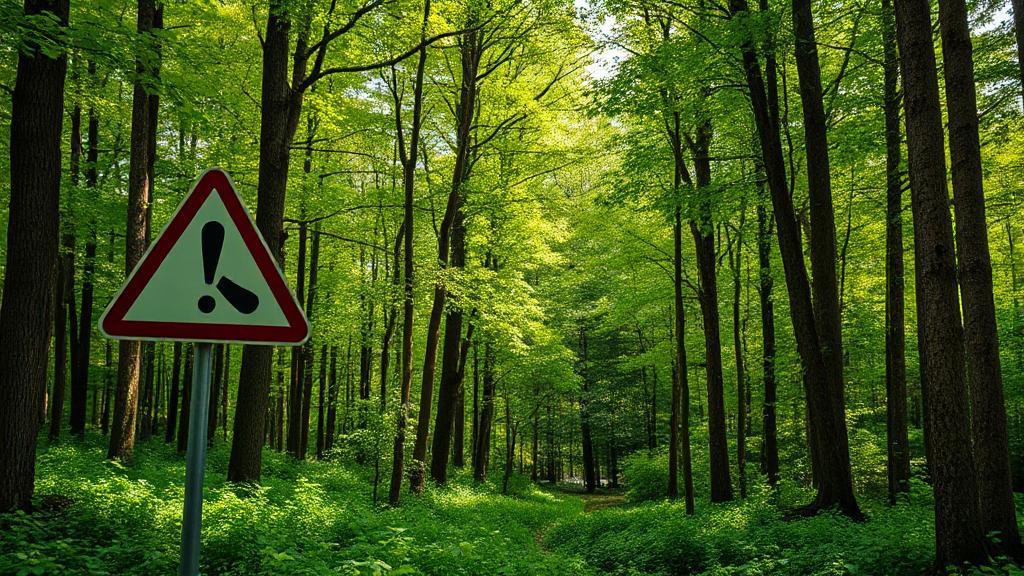Understanding Roundup and Its Active Ingredient
Roundup is a widely used herbicide containing glyphosate as its primary active ingredient. Glyphosate works by inhibiting the shikimic acid pathway, which is essential for plant growth but not present in animals, making it relatively safe for humans and animals when used correctly.
How Roundup Affects Trees
Trees can be affected by Roundup through several mechanisms:
- Root Absorption: Glyphosate can be absorbed by tree roots, especially if the soil is moist or if the tree is under stress
- Foliage Contact: Direct contact with leaves or green bark can cause damage
- Drift Damage: Wind can carry spray to unintended areas
- Soil Transfer: Movement between root systems
- Systemic Effects: Roundup can be transported through the tree's vascular system
Symptoms of Roundup Damage
Trees exposed to Roundup may show:
- Yellowing or browning of leaves with wilting or curling
- Premature defoliation
- Branch or section dieback
- Stunted growth
Safe Application Practices
Timing Considerations
The best time to apply Roundup near trees is:
- During dry, calm weather
- When temperatures are between 45-85°F
- Early morning or late afternoon
- During the growing season when weeds are active
Protection Methods
Important: Never spray Roundup on windy days, as drift can cause unintended damage to nearby vegetation.
Best Management Practices
| Application Method | Risk Level | Recommended Use |
|---|---|---|
| Spot Treatment | Low | Isolated weeds |
| Broadcast Spray | High | Never near trees |
| Wipe Application | Medium | Careful use only |
Alternatives to Roundup
Consider these tree-safe alternatives:
- Manual removal (hand-pulling or hoeing)
- Mulching for weed suppression
- Natural herbicides (vinegar or clove oil)
- Landscape fabric
- Pre-emergent herbicides
- Regular cultural practices
Emergency Response
If accidental exposure occurs:
- Immediately rinse affected areas with water
- Remove contaminated soil if possible
- Monitor tree health for signs of stress
- Contact an arborist if symptoms appear
For more detailed information, consult:
- Environmental Protection Agency (EPA)
- National Pesticide Information Center (NPIC)
- University of California
- Roundup website
Remember that prevention is always better than cure. Establishing good cultural practices and using mechanical weed control methods when possible will reduce the need for chemical herbicides near trees.
